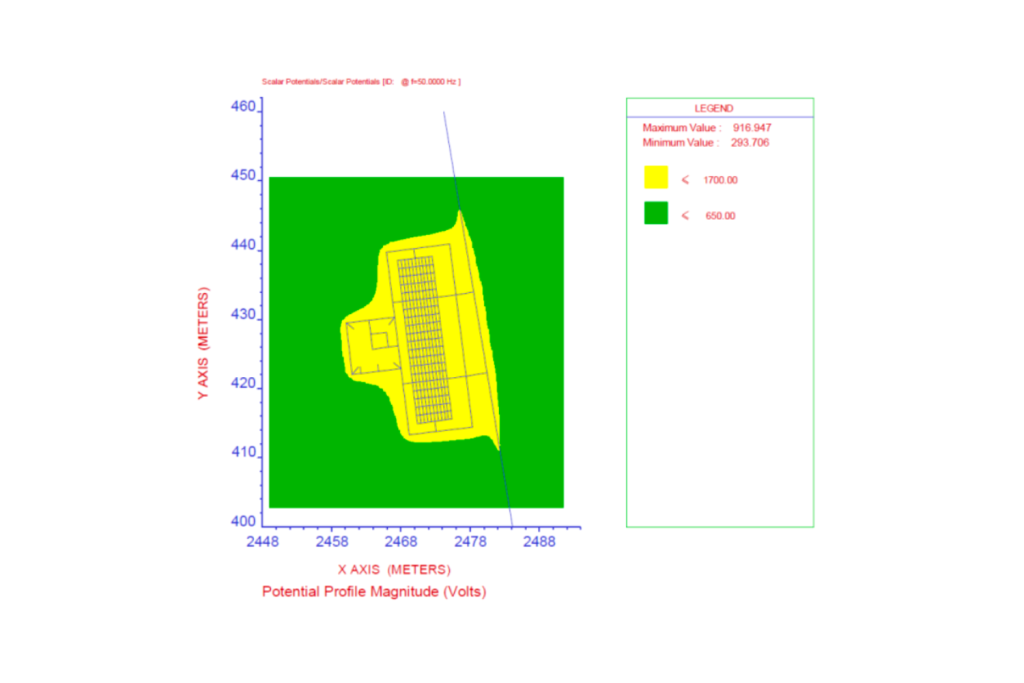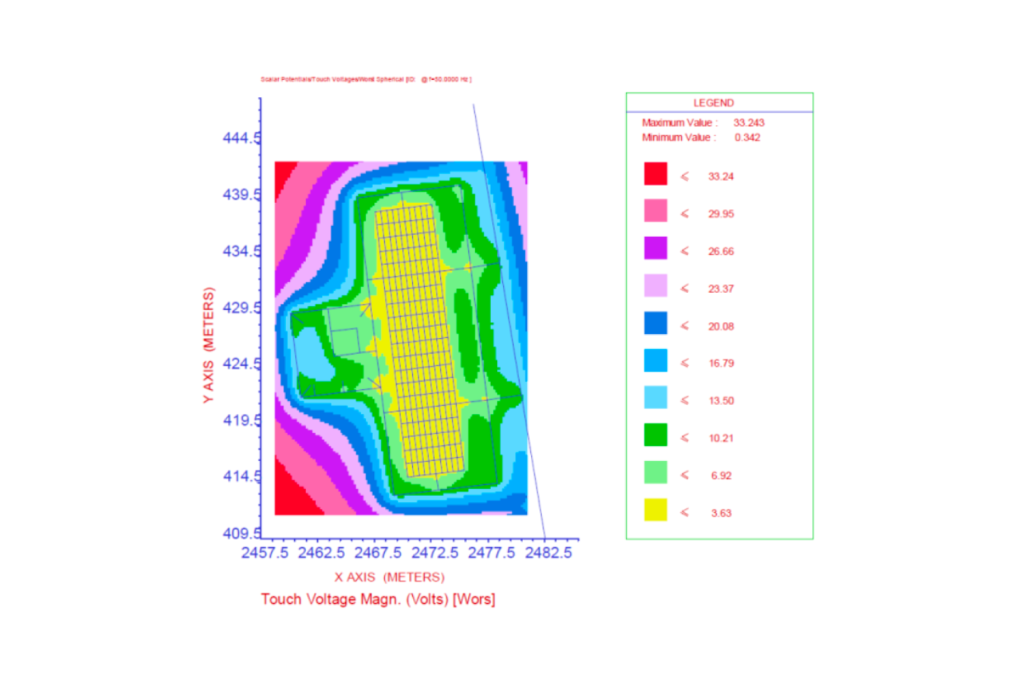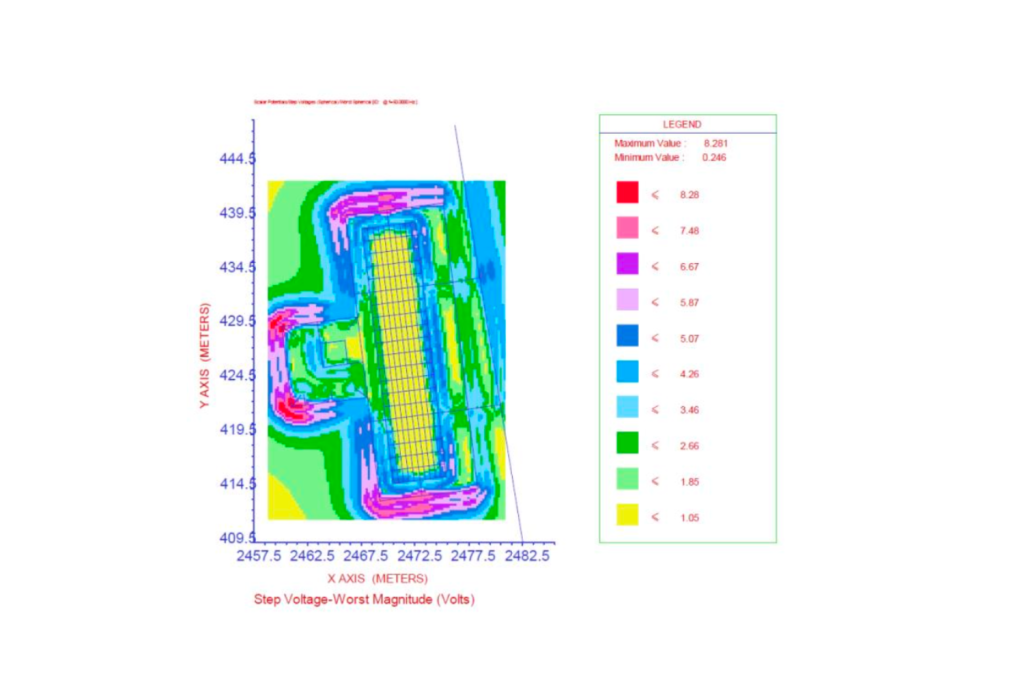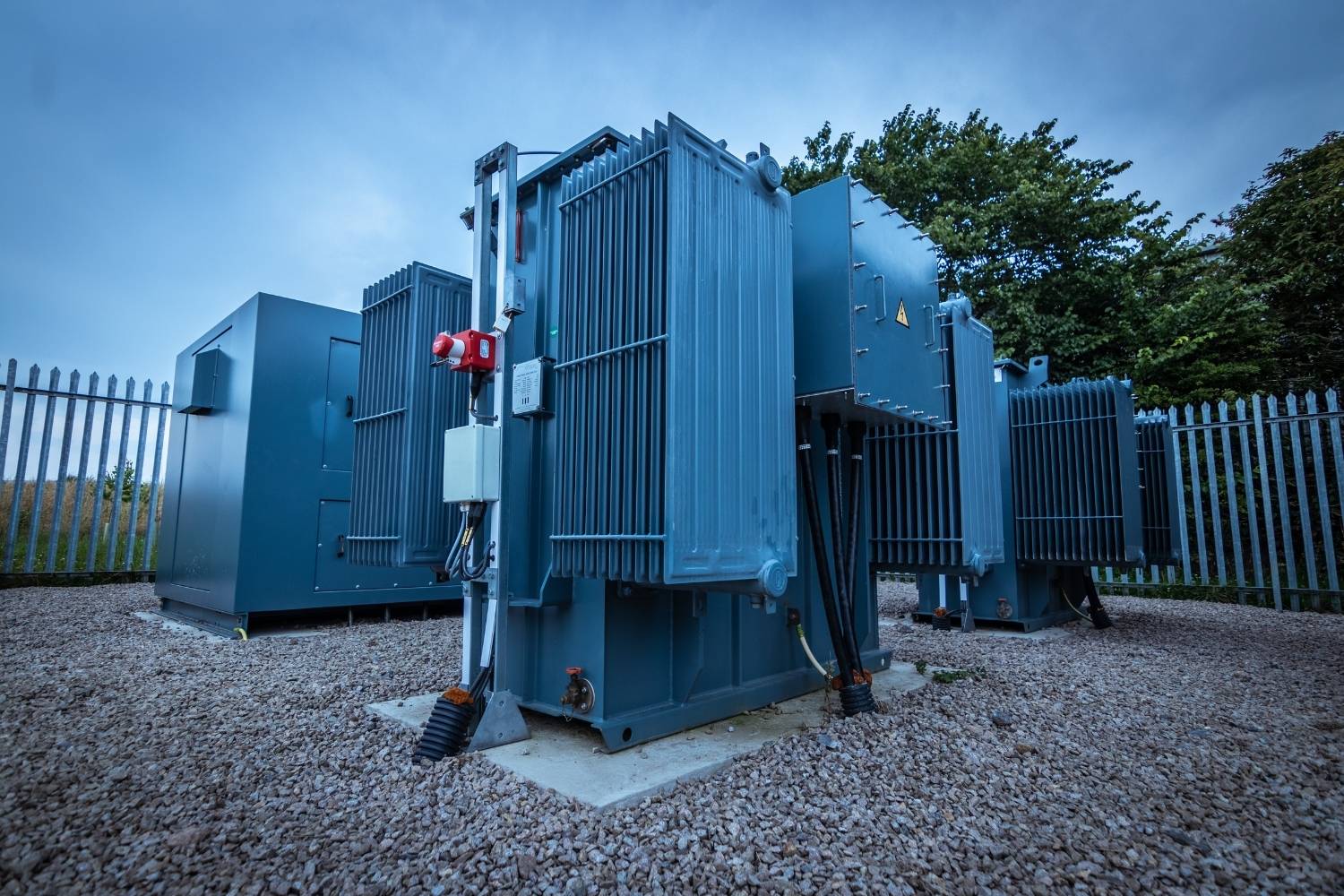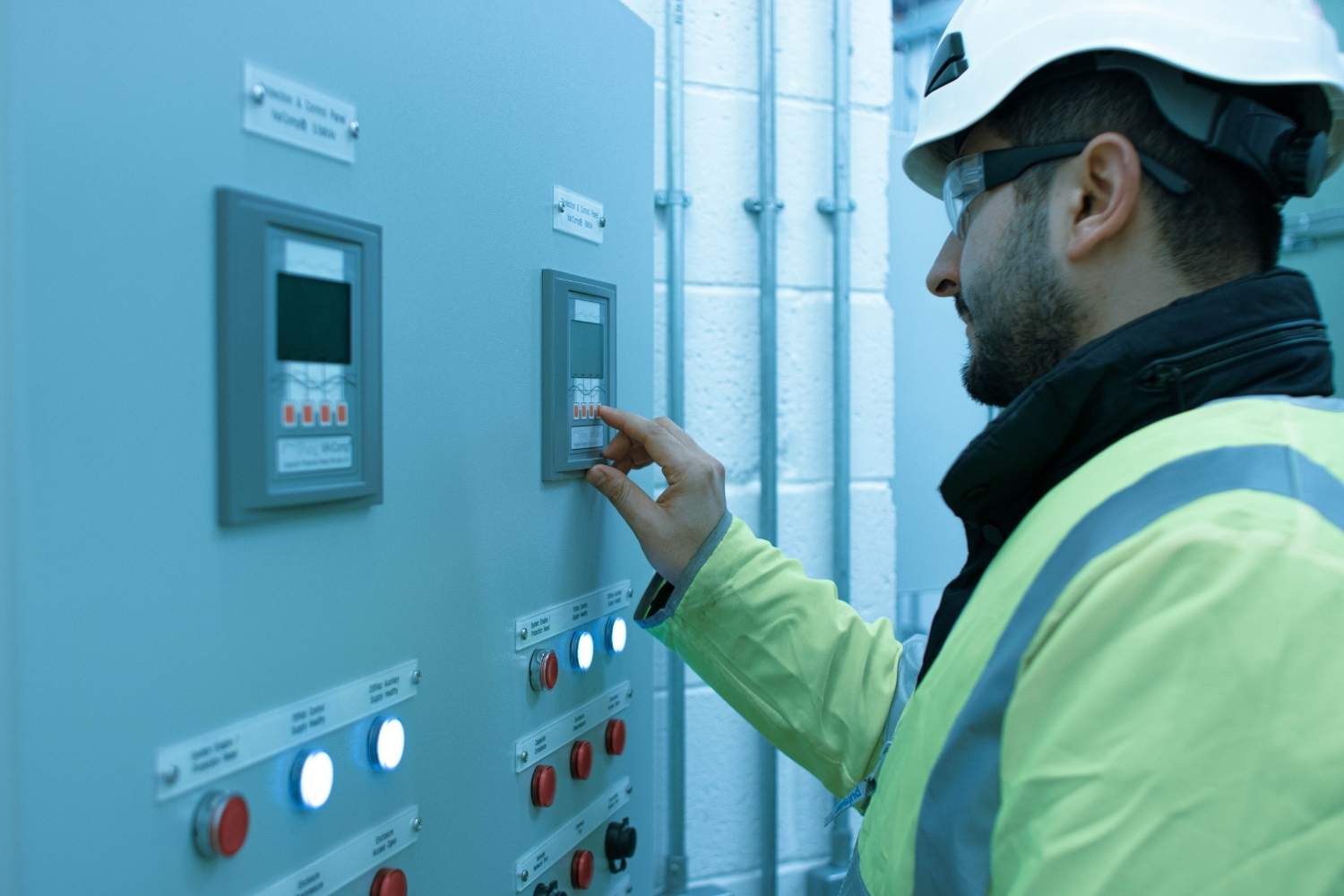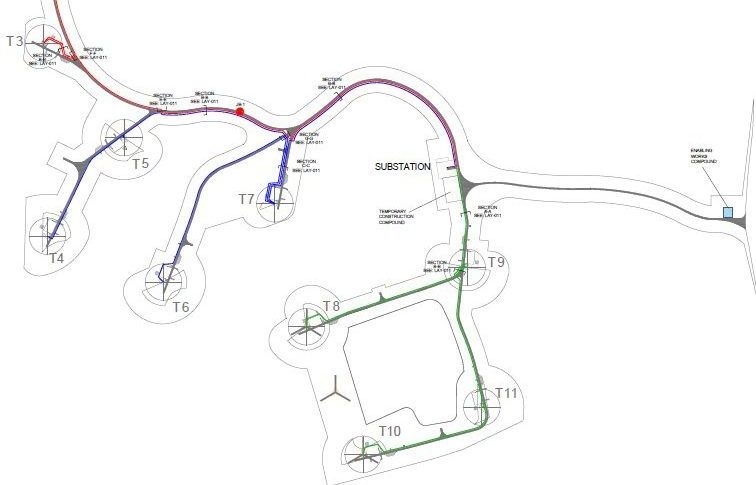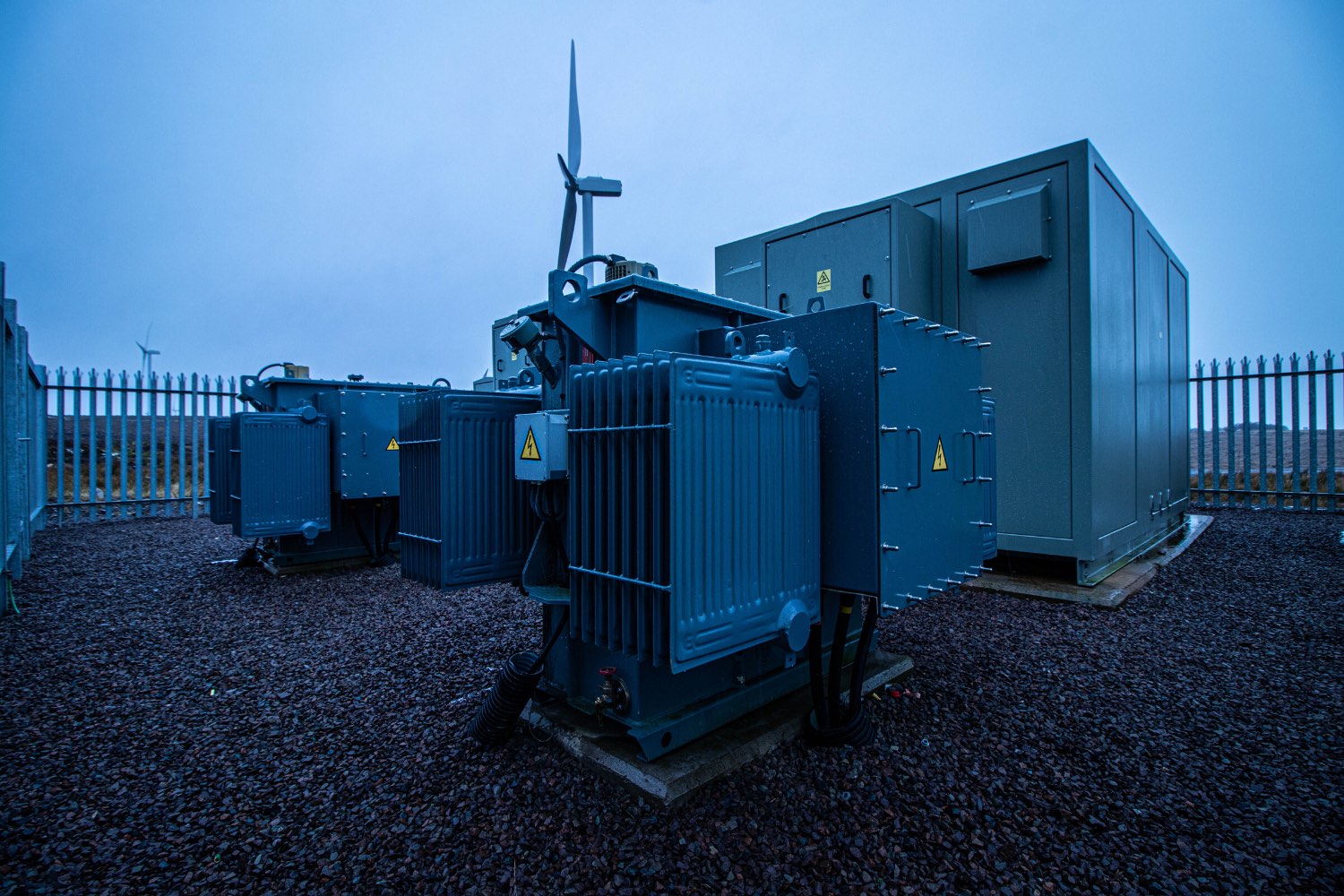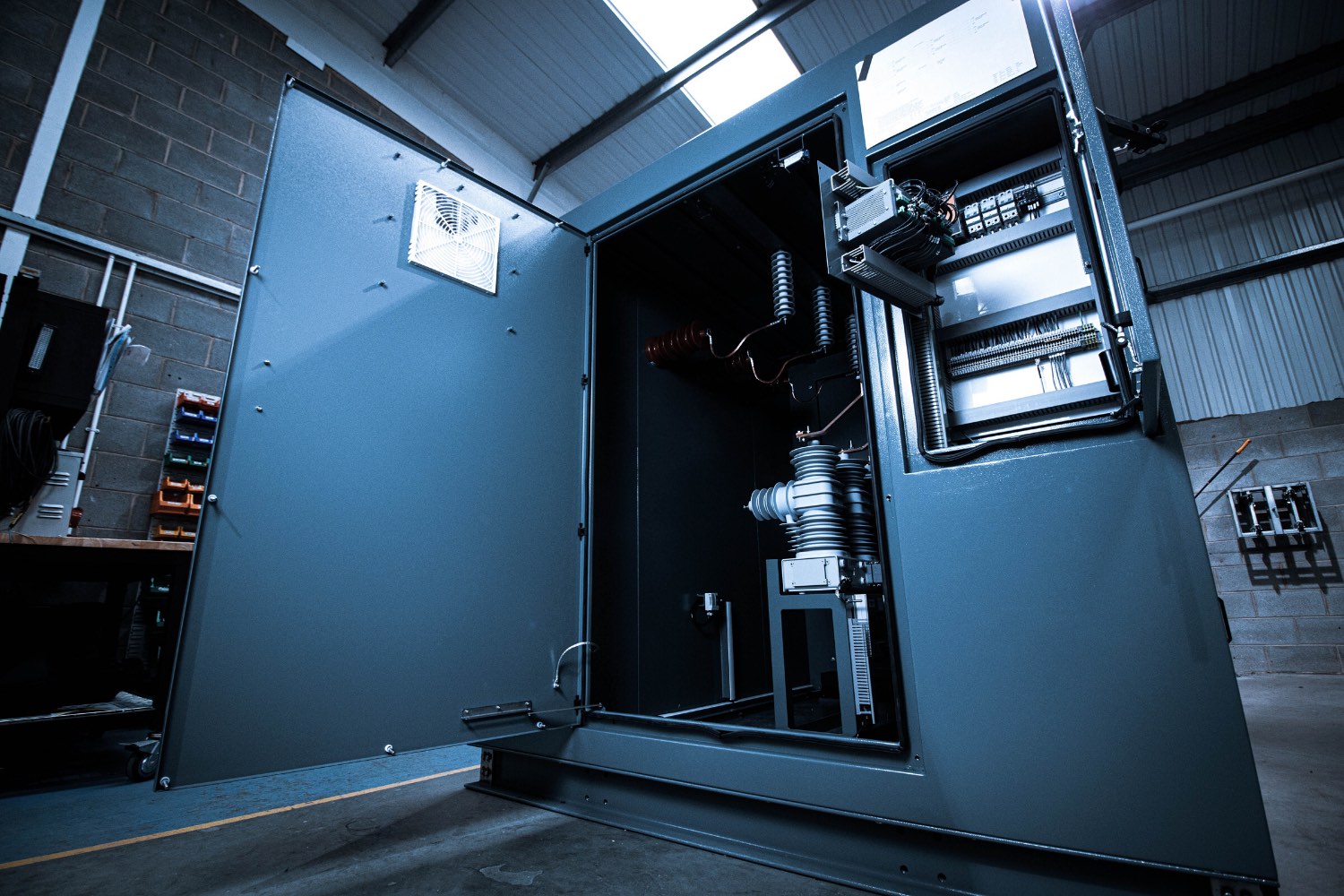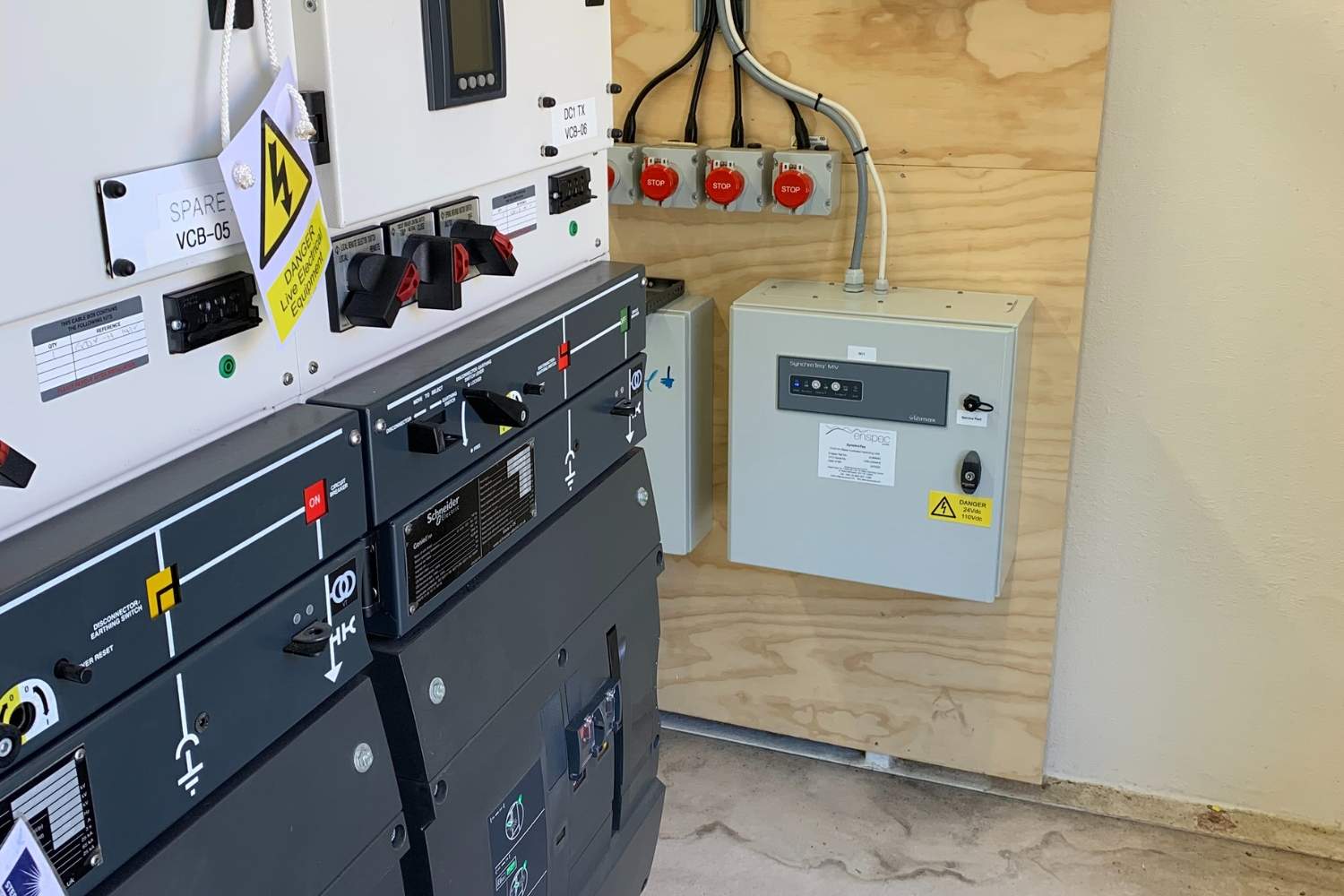Earthing Systems Studies
An Earthing System integrates grounding conductors, bonding connections, and earth electrodes to provide a common reference potential, ensuring safety, system stability, and effective protection against electrical faults and disturbances.
Requirements
We can determine the specific requirements for your Earthing System Study based on several factors, including system configuration, fault current levels, and site layout. In many cases, a basic site plan and available electrical data are enough to begin the assessment. If more detailed insight is needed, on-site soil resistivity testing can be arranged using the Wenner or Schlumberger method.
If you have an internal engineering team, they may be able to assist with data collection and system information. If not, Enspec can support you throughout the entire process. We offer from site surveys to full reporting and ensuring your installation meets all relevant safety and compliance standards.
Our Solutions
An Earthing System Study ensures your site is electrically safe and compliant. Based on the findings, we provide a set of practical outcomes:
-
Ensure human safety by preventing hazardous voltages in substations, switchgear rooms, and control rooms. All in line with recognised safety standards.
-
Confirm the earthing system can discharge fault currents without exceeding thermal design limits, based on protection operation times.
-
Evaluate Earth Potential Rise (EPR) and assess the site classification, taking into account proximity to other utilities, residential areas, or commercial and industrial properties.
-
Determine voltage differences between distant connection points to rate the insulation withstand capability of LV equipment and cables.
-
Assess the electrical safety of perimeter fences during fault conditions to ensure compliance and reduce risk.
Read about our previous work
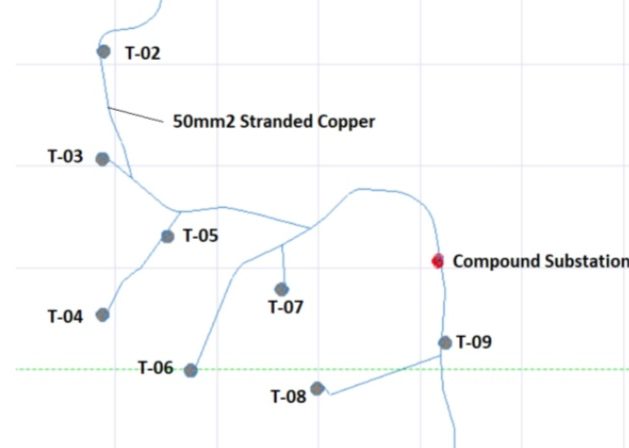
Earthing System Design: A Wind Farm Project
Send download link to:
If you want to know more about how can we help you, leave your details bellow
Explore other Case Studies
